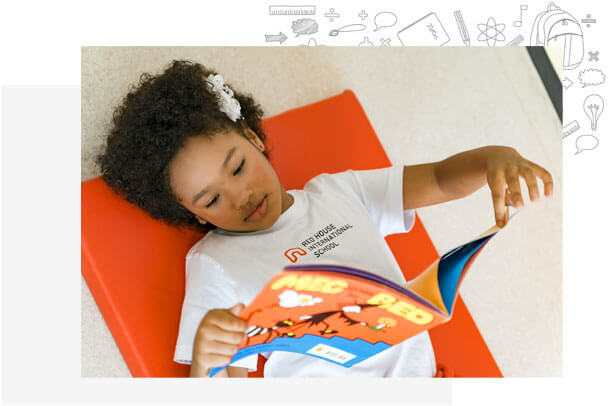IB is not just an instruction program. The methodology goes way beyond and offers a multicultural education which prioritizes the development of socioemotional skills, shaping global citizens with international mindsets capable of making informed decisions and aware of their responsibility to the planet, helping to create a more peaceful and better world.
Through IB, we want our students to be supportive, open-minded, solidly principled, reflective, communicative, inquisitive and sensible risk takers.
Currently, the school applies the PYP in Sao Paulo, focusing on early Childhood Education and Elementary School I. The school entire community, including parents, is considered a partner in learning and contributes to a wholesome educational experience through which students can start building their own learning capacity agency. The PYP encourages students to be active and empathic learners who understand and respect differences.















